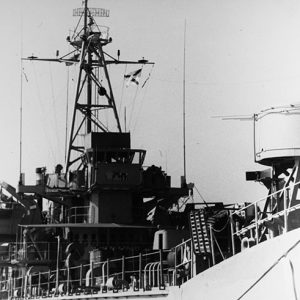 USS Polk County Bridge
USS Polk County Bridge
Time Period: World War II through the Faubus Era (1941 - 1967) - Starting with U
 USS Polk County Bridge
USS Polk County Bridge
 USS Polk County
USS Polk County
 USS Prairie Bird
USS Prairie Bird
USS Pulaski County (LST-1088)
 USS Pulaski County
USS Pulaski County
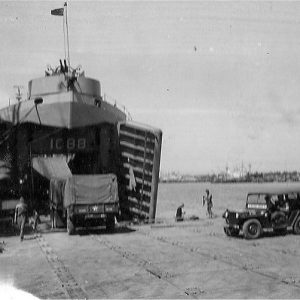 USS Pulaski County
USS Pulaski County
USS Razorback
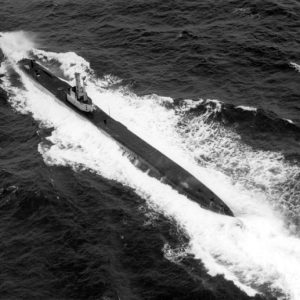 USS Razorback
USS Razorback
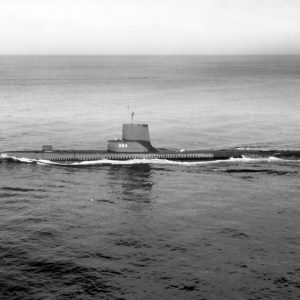 USS Razorback
USS Razorback
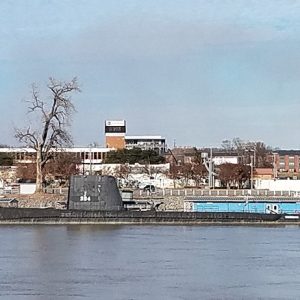 USS Razorback
USS Razorback
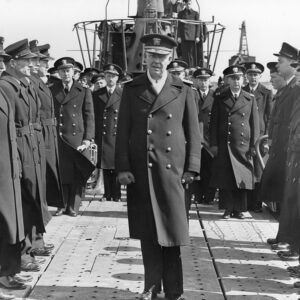 USS Razorback Commissioning
USS Razorback Commissioning
 USS Razorback Crew
USS Razorback Crew
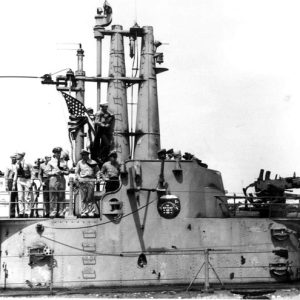 USS Razorback Officers and Crew
USS Razorback Officers and Crew
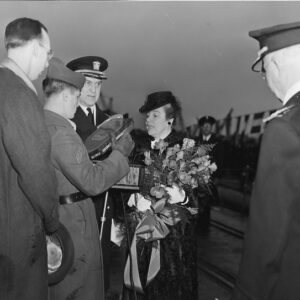 USS Razorback Launching
USS Razorback Launching
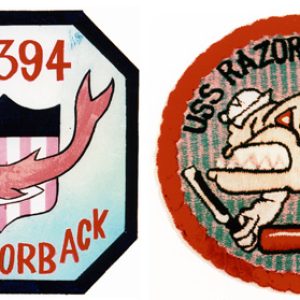 USS Razorback Patches
USS Razorback Patches
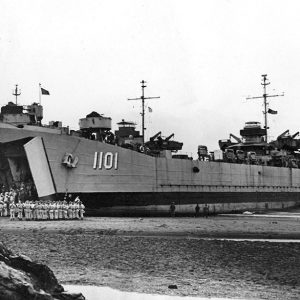 USS Saline County
USS Saline County
USS Saline County (LST-1101)
USS Sebastian (AK-211)
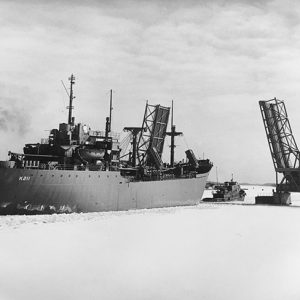 USS Sebastian (AK-211)
USS Sebastian (AK-211)
USS Sevier (APA-233)
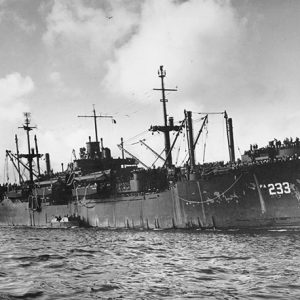 USS Sevier
USS Sevier
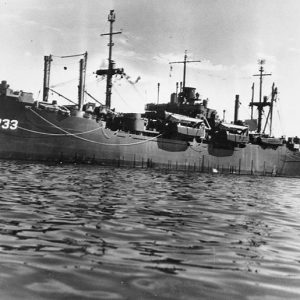 USS Sevier
USS Sevier
USS St. Francis River (LSMR-525)
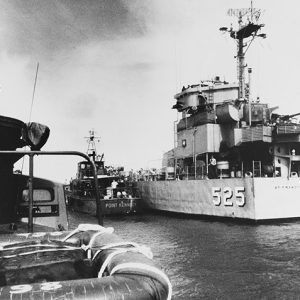 USS St. Francis River
USS St. Francis River
USS Stone County (LST-1141)
 USS Stone County (LST-1141)
USS Stone County (LST-1141)
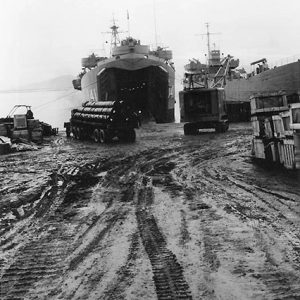 USS Stone County (LST-1141)
USS Stone County (LST-1141)
USS Van Buren (PF-42)
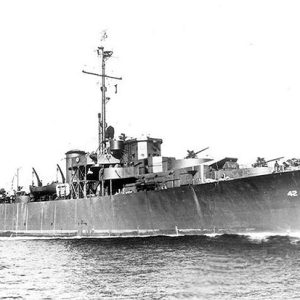 USS Van Buren
USS Van Buren
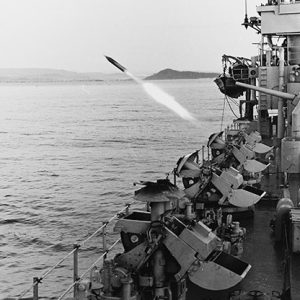 USS White River
USS White River




